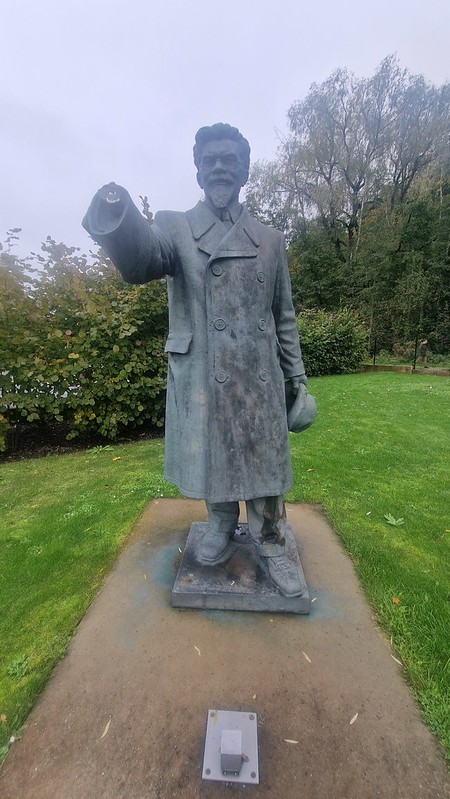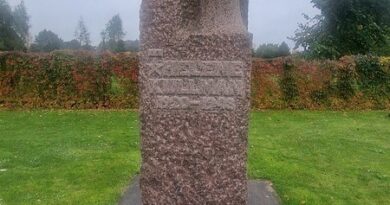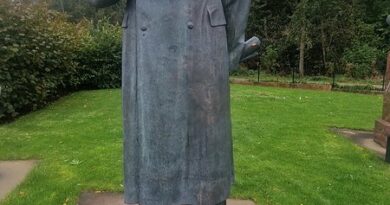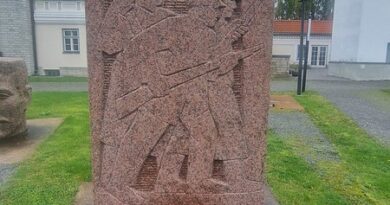Tallinn Trip – Soviet Statue Graveyard (Statue of Mikhail Kalinin)
Mikhail Kalinin (1875-1946) was a prominent figure in Soviet history, known for his long tenure as head of state, first of the Russian Soviet Federative Socialist Republic and then of the Soviet Union, from 1919 to 1946. He was often referred to as the ‘All-Union Elder’ due to his peasant background and his perceived role as a grandfatherly figure for the nation. Born into a peasant family, Kalinin’s early life was marked by hard work and a desire for education. He became involved in revolutionary activities as a young man, joining the Bolshevik faction of the Russian Social Democratic Labour Party.
Kalinin played an active role in the Russian Revolution of 1917, and after the Bolsheviks seized power, he rose through the ranks of the Soviet government. His appointment as head of state was partly due to his peasant origins, which the regime used to portray itself as representing the interests of the common people. However, despite his high position, Kalinin’s actual power was limited, especially after Joseph Stalin consolidated his control over the Soviet Union. Kalinin’s role was largely ceremonial, and he often acted as a spokesperson for the regime, travelling throughout the country and meeting with ordinary citizens, a bit like John Prescott with Tony Blair. Effectively, he was just a puppet, unable to do anything and even unable to save his wife from political repression.
After his death, the Estonian authorities wanted a statue as they obviously didn’t have enough statues of other people dotted around everywhere. They held a competition and then rejected all of the results, instead going with a design by Aleksander Kaasik. In 1950, they plonked the granite and bronze arrangement down at what was then Stalingrad Square, but is now Towers’ Square. The museum notes that when Estonia voted for independence some workers at the Kalinin Factory, which was initially constructed as a railway works, took the statue into protection for fear that the city authorities might remove it. Anyway, this plan worked marvellously until the guards had a lunch break and the authorities took it on 3 May 1991. At some stage the hand has been lost, likely to bronze thieves. Not much exists in Estonia now with his name on it, although for the moment at least his name lives on in Königsberg, known by the Russians as Kaliningrad and one of the few cities to have kept the name of a leading communist.





